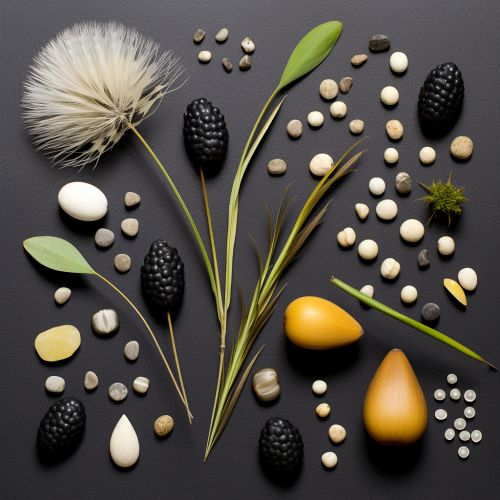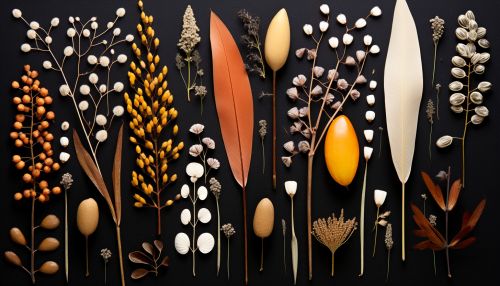The Evolution of Seed Dispersal Mechanisms
Seed Dispersal: An Overview
Seed dispersal is a crucial process in the life cycle of a plant. It is the mechanism by which seeds are transported from the parent plant to a new location where they can germinate and grow. This process is essential for the survival and propagation of plant species, as it allows them to colonize new habitats, escape from competition and predators, and avoid inbreeding.


Evolution of Seed Dispersal Mechanisms
The evolution of seed dispersal mechanisms is a fascinating study of adaptation and survival. Over millions of years, plants have developed a wide variety of strategies to ensure their seeds reach suitable habitats for germination. These strategies have evolved in response to environmental pressures and the availability of dispersal agents.
Wind Dispersal
Wind dispersal, or anemochory, is one of the earliest and most common forms of seed dispersal. Plants that rely on wind dispersal typically produce lightweight seeds with specialized structures such as wings or hairs that allow them to be carried by the wind. Examples include dandelions, whose seeds have a parachute-like structure, and maple trees, whose seeds have a wing-like structure. The evolution of these structures is a result of natural selection favoring seeds that can travel farther and colonize new habitats.
Animal Dispersal
Animal dispersal, or zoochory, is another common form of seed dispersal. This involves the use of animals to transport seeds. There are several ways in which this can occur. Some plants produce fleshy fruits that are eaten by animals. The seeds are then excreted in a different location. Other plants have seeds with hooks or sticky surfaces that attach to the fur or feathers of animals and are carried to new locations. The evolution of these mechanisms is often the result of coevolution between plants and animals.
Water Dispersal
Water dispersal, or hydrochory, involves the use of water to transport seeds. Plants that rely on water dispersal typically produce seeds that are buoyant or have structures that allow them to float. This can include seeds with air-filled cavities or seeds that are encased in a waterproof fruit. The evolution of these mechanisms is often associated with plants that live near bodies of water.
Mechanical Dispersal
Mechanical dispersal, or autochory, involves the use of the plant's own energy to disperse seeds. This can occur through a variety of mechanisms, including explosive dehiscence, where the seed pod bursts open and propels the seeds away from the parent plant. The evolution of these mechanisms is often associated with plants that live in environments where other forms of dispersal are less effective.
Factors Influencing the Evolution of Seed Dispersal Mechanisms
The evolution of seed dispersal mechanisms is influenced by a variety of factors. These can include the physical environment, the presence or absence of dispersal agents, and the life history traits of the plant species.
Physical Environment
The physical environment can have a significant impact on the evolution of seed dispersal mechanisms. For example, plants that live in windy environments may evolve wind-dispersal mechanisms, while plants that live near bodies of water may evolve water-dispersal mechanisms. The availability of suitable habitats for germination can also influence the evolution of seed dispersal mechanisms.
Presence or Absence of Dispersal Agents
The presence or absence of dispersal agents can also influence the evolution of seed dispersal mechanisms. For example, in environments where there are many animals that can act as dispersal agents, plants may evolve mechanisms that take advantage of these animals. Conversely, in environments where there are few or no dispersal agents, plants may evolve mechanisms that do not rely on dispersal agents.
Life History Traits
The life history traits of a plant species can also influence the evolution of seed dispersal mechanisms. For example, perennial plants that live for many years may evolve different dispersal mechanisms than annual plants that only live for one year. Similarly, plants that produce many seeds may evolve different dispersal mechanisms than plants that produce few seeds.
Conclusion
The evolution of seed dispersal mechanisms is a complex process that involves a variety of factors. Understanding this process can provide insights into the ecology and evolution of plant species, and can help inform conservation efforts.
